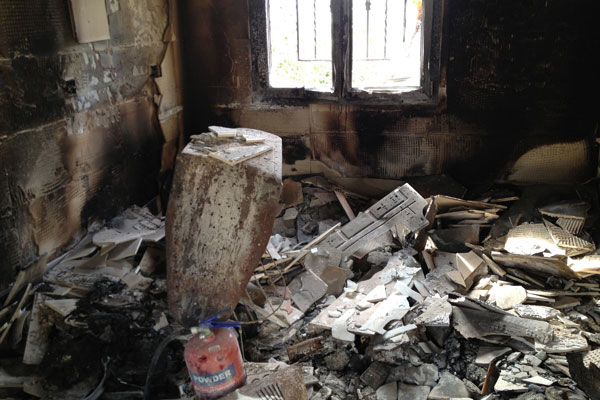Today at 10 a.m., Secretary of Defense Leon Panetta and General Martin Dempsey, chairman of the Joint Chiefs of Staff, will be grilled by Senators on the Benghazi terrorist attack.
The Senate Armed Services Committee has to do a better job and dig deeper than the Foreign Relations Committee (SFRC) did with Secretary of State Hillary Clinton, whose testimony left a host of unanswered questions.
The most obvious and also most disturbing question for the Department of Defense has to be why no attempt was made to deploy military assets in defense of the beleaguered U.S. facility in Benghazi. Panetta had ordered forces from a base in Central Europe to Sigonella Naval Air Station in Sicily to be on stand-by as U.S. embassies in the Middle East were assaulted by mobs on September 11. Still, none were actually dispatched to try to beat back the terrorist attackers in Benghazi and come to the rescue of Ambassador Chris Stevens, his staff, and CIA personnel on the ground.
Comments from the Administration have yet again sowed confusion. Panetta has stated that there simply was not enough time to react. And in a Sunday talk show appearance on February 3, Dempsey was asked by CNN’s Candy Crowley why an attack lasting seven hours did not give the Administration enough time to assemble a defense force. Dempsey’s excuse was that actual fighting took place in just two rounds of 20 minutes separated by six hours. This explanation does not comport with the official findings.
As carefully demonstrated by Terrence Jeffrey of CNSnews.com, no fewer than three official reports on the Benghazi debacle—by the CIA, the Accountability Review Board, and the Senate Homeland Security Committee—all found that the initial attack went on for hours, from 9:40 p.m. to around 1 a.m. It was during this period that Ambassador Stevens and a security officer were killed and the CIA annex came under initial attack as embassy staff fled there in armored cars.
A lull of about four hours followed, after which the terrorists launched yet another attack on the CIA annex, lasting about 11 minutes. Two additional CIA security personnel died in the second wave.
Meanwhile, White House and Defense Department meetings and briefings went on and on in Washington, and no one took action. Yet overseas, AFRICOM immediately dispatched an unarmed drone to survey the scene in Benghazi, which provided the Obama Administration with real-time information on the attack.
And a security team from the U.S. embassy in Tripoli tried to get to Benghazi but—unbelievably—first had to hire a chartered plane, which took hours. When it got to the airport, it was held up apparently for bureaucratic reasons. The embassy team first went to the consulate to try to locate Stevens, who was by then dead, and then to the CIA annex, which it reached around 5 a.m. If the team had access to a military plane, or if someone had cut through the confusion in the airport with Libyan authorities, the outcome might have been very different.
The Benghazi affair remains replete with unanswered questions. Today, Senators have another chance to dig for answers. They have a duty to persist until the truth about Benghazi is out.



























